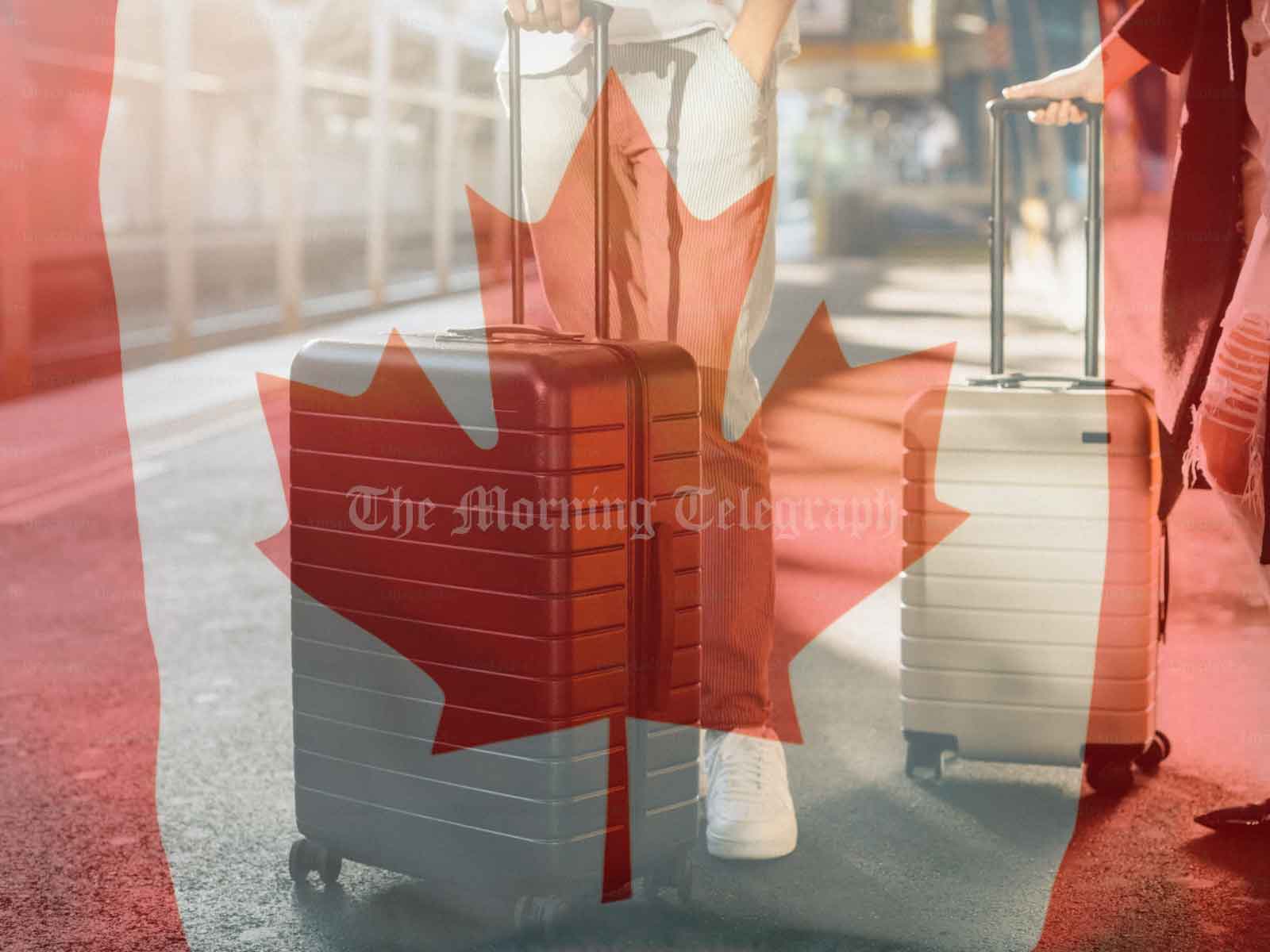
Canada Ends Visitor Visa Work Permit Policy: Detailed Breakdown
Policy Reversal Overview:
As of August 28, 2024, temporary residents in Canada on a visitor visa can no longer apply for a work permit from within Canada. This ends a policy first introduced in August 2020 to help visitors stranded due to COVID-19-related border closures. Initially set to expire on February 28, 2025, the policy was terminated early by Immigration, Refugees, and Citizenship Canada (IRCC) as part of broader efforts to manage temporary resident numbers and maintain the integrity of the immigration system.
Reason for Policy Termination:
The IRCC stated that the early end to this policy is partly due to concerns about its misuse by “bad actors.” These individuals or groups were allegedly misleading foreign nationals into believing they could work legally in Canada without proper authorization, exploiting the temporary leniency intended to assist those affected by the pandemic. This misuse aligns with ongoing efforts by Canadian authorities to combat widespread immigration fraud.
Background on the Visitor Visa Work Permit Policy:
The policy allowed visitors in Canada to apply for work permits without having to leave the country. It was particularly helpful for those who were stuck in Canada due to pandemic-related border closures. Additionally, individuals who had held a work permit in the previous 12 months but had changed their status to “visitor” could legally work while awaiting a decision on their new work permit application.
Ongoing Impact on Pending Applications:
Although the policy has been terminated, the IRCC clarified that any applications submitted under the policy before August 28, 2024, will continue to be processed. This means that those who applied before the cutoff date are not affected by the sudden policy change.
Broader Immigration Policy Changes:
Recent Measures to Reduce Temporary Foreign Worker Levels:
The end of the visitor visa work permit policy is part of a series of recent changes aimed at reducing the number of temporary foreign workers in Canada. These include:
- Pausing LMIA Applications:
Starting September 26, 2024, the IRCC will pause the processing of some Labour Market Impact Assessment (LMIA) applications under the Low-Wage stream of the Temporary Foreign Worker Program (TFWP). This will specifically affect applicants in Census Metropolitan Areas (CMAs) with an unemployment rate of 6% or higher. - Hiring Caps for Employers:
Employers in Canada are now restricted to hiring no more than 10% of their total workforce through the TFWP, significantly reducing their reliance on foreign labor. - Reduction in Maximum Employment Term:
The maximum term of employment for workers under the Low-Wage stream has been reduced from two years to one. This change is part of a rollback of pandemic-era policies that temporarily relaxed the rules to meet labor needs during the pandemic.
Crackdown on Immigration Fraud:
The IRCC has been actively addressing fraud within the immigration system. For example, a high-profile case last year involved 700 Indian students who entered Canada with fraudulent letters of acceptance from Designated Learning Institutions (DLIs). Many of these students were unaware that their documents were fake. In response, the IRCC now requires DLIs to verify all letters of acceptance within 10 days of receiving an international student application. Additionally, the number of international students Canada will accept has been capped for the next two years to manage the influx more effectively.
Impact on Canada’s Immigration Landscape:
Temporary Resident Levels in Immigration Planning:
The Canadian government is now taking a more calculated approach to managing both temporary and permanent resident levels. In May 2024, Immigration Minister Marc Miller and Employment Minister Randy Boissonnault announced significant changes, including the historic inclusion of temporary resident levels in the annual Immigration Levels Plan. This marked the first time temporary residents were considered in this key planning document.
Consideration of Permanent Residence Levels:
Minister Miller has also hinted at possible adjustments to permanent residence levels in Canada in the coming years. This reflects a broader strategy to recalibrate Canada’s immigration policies to balance economic needs with population management.
The termination of the visitor visa work permit policy and the broader changes to temporary foreign worker levels indicate a significant shift in Canada’s immigration strategy. These measures aim to tighten control over the temporary resident population, curb misuse of immigration policies, and address fraud within the system. As Canada continues to navigate the post-pandemic recovery, these policy shifts are likely to have lasting impacts on both the labor market and the country’s overall immigration landscape.




